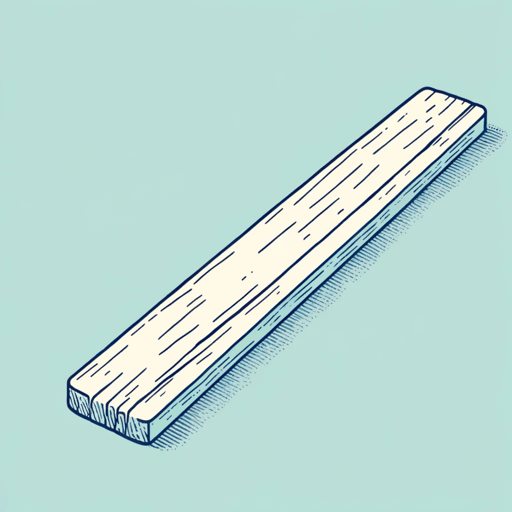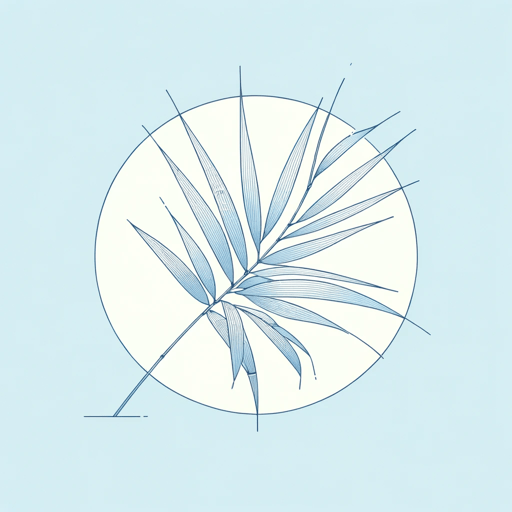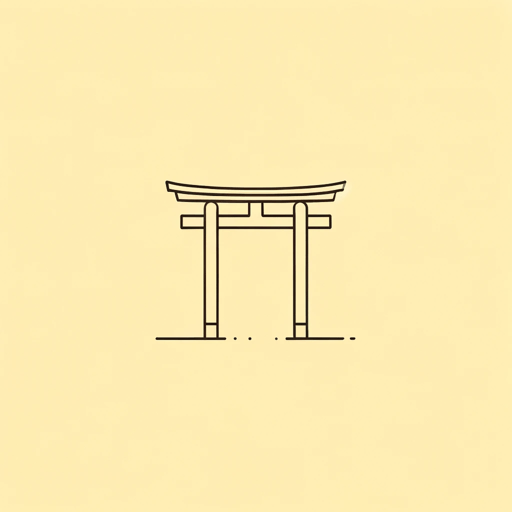21 pages • 42 minutes read
Ryūnosuke AkutagawaThe Nose
Fiction | Short Story | Adult | Published in 1916A modern alternative to SparkNotes and CliffsNotes, SuperSummary offers high-quality Study Guides with detailed chapter summaries and analysis of major themes, characters, and more.
Symbols & Motifs
The Mirror
At first glance, Zenchi Naigu appears to be drawn to mirrors because of his own vanity. Early on in the story, the narrator describes how he would pause in his chanting in order to contemplate his own face with “feverish intensity” (53), trying out different poses to make his nose less prominent. And, after the shortening procedure is complete, Zenchi signals his pleasure with the result by looking at himself once again: “The face of the Naigu inside the mirror looked at the face of the Naigu outside the mirror, eyelids fluttering in satisfaction” (55-56). In both cases, the mirror is less a sign of self-absorption than it is a tool for shaping his identity. The image in the mirror confirms the conclusions that Zenchi draws from other sources, such as his sense of touch (he strokes his nose repeatedly, regardless of its length), his own beliefs about himself, and the reactions of other people. Seeing is believing, and Zenchi is only able to verify his identity as either a long- or short-nosed man once he sees himself in the mirror.
Moreover, the mirror has a long history as a symbol in Zen Buddhism.
Related Titles
By Ryūnosuke Akutagawa



